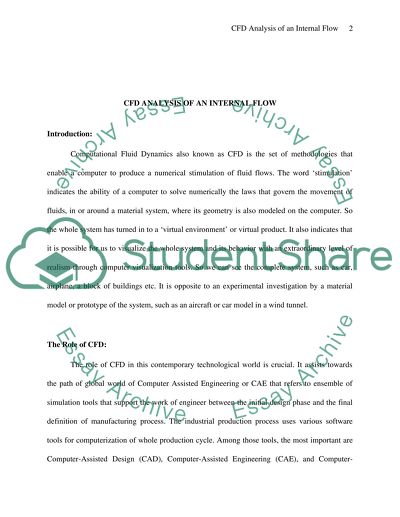Cite this document
(“CFD ANALYSIS OF AN INTERNAL FLOW Essay Example | Topics and Well Written Essays - 1500 words”, n.d.)
Retrieved from https://studentshare.org/technology/1522706-cfd-analysis-of-an-internal-flow
Retrieved from https://studentshare.org/technology/1522706-cfd-analysis-of-an-internal-flow
(CFD ANALYSIS OF AN INTERNAL FLOW Essay Example | Topics and Well Written Essays - 1500 Words)
https://studentshare.org/technology/1522706-cfd-analysis-of-an-internal-flow.
https://studentshare.org/technology/1522706-cfd-analysis-of-an-internal-flow.
“CFD ANALYSIS OF AN INTERNAL FLOW Essay Example | Topics and Well Written Essays - 1500 Words”, n.d. https://studentshare.org/technology/1522706-cfd-analysis-of-an-internal-flow.


